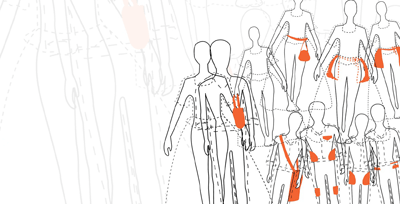Moll Cutpurse was allegedly named after her profession of cutting purses, and was not the only pickpocket operating in London in the 17th century but perhaps the most celebrated by historians.
She apparently was born Mary Frith in the Barbican in Aldersgate Street, in the year 1589. Historical evidence about the facts of her life are not very transparent, and there appear to be many exaggerations and myths attached to her reputation connected to theatrical dramatisations. The Life of Mrs Mary Frith, a sensationalised biography written in 1662, three years after her death (that may have been a fake typical of the period linked to confessional pamphlets) helped to perpetuate many of these myths, and can still be viewed in the British Library today.
Translations suggest ‘Moll’ (a common name for a woman usually of disreputable character i.e. gangster’s moll) became a pick-pocket because
“her income being not equivalent to her expenses, she entered herself into the Society of Divers, otherwise called file clyers, cutpurses or pick-pockets; which people are a kind of land pirates, trading altogether in other men’s bottoms for no other merchandise than bullion and ready coin, and they keep most of the great fairs and marts in the world. In this unlawful way she got a vast deal of money; but having been very often in Old Bridewell, the Compters and Newgate for her irregular practices, and burnt in the hand four times, she left off this petty sort of theft, and went on the high way, committing many great robberies….”
Source: The Complete Newgate Calandar, Volume 1
To understand Moll Cutpurse’s trade, and how the move from towns to cities made it possible for a criminal underclass to exist in the London in the 17th century, would take the discussion beyond the scope of this website. We mention Moll Cutpurse in order to explain why the history of the pocket and bag, and how they were stolen, may be important to generating new anti theft designs of the future. Certainly the purse worn around the waist, subsequently cut off by pickpockets and ‘divers’ was not simply a 17th century London phenenomen. Historical evidence and artefacts reveal ways of carrying things are intrinsically linked to ancient human evolution i.e.:
- Humans have been using pouches and bags to carry prized valuables since hunter/gatherers
- Soldiers from ancient armies appear to have worn a type of girdle to carry things such as eating knives and daggers
In terms of European history, historical evidence shows, that by the 12th century, merchants used girdles and home made leather pouches to help them do their job whilst moving from place to place, and many histories reveal concerns about safety in travelling in this way to be a constant issue for those that earned their living like this.
